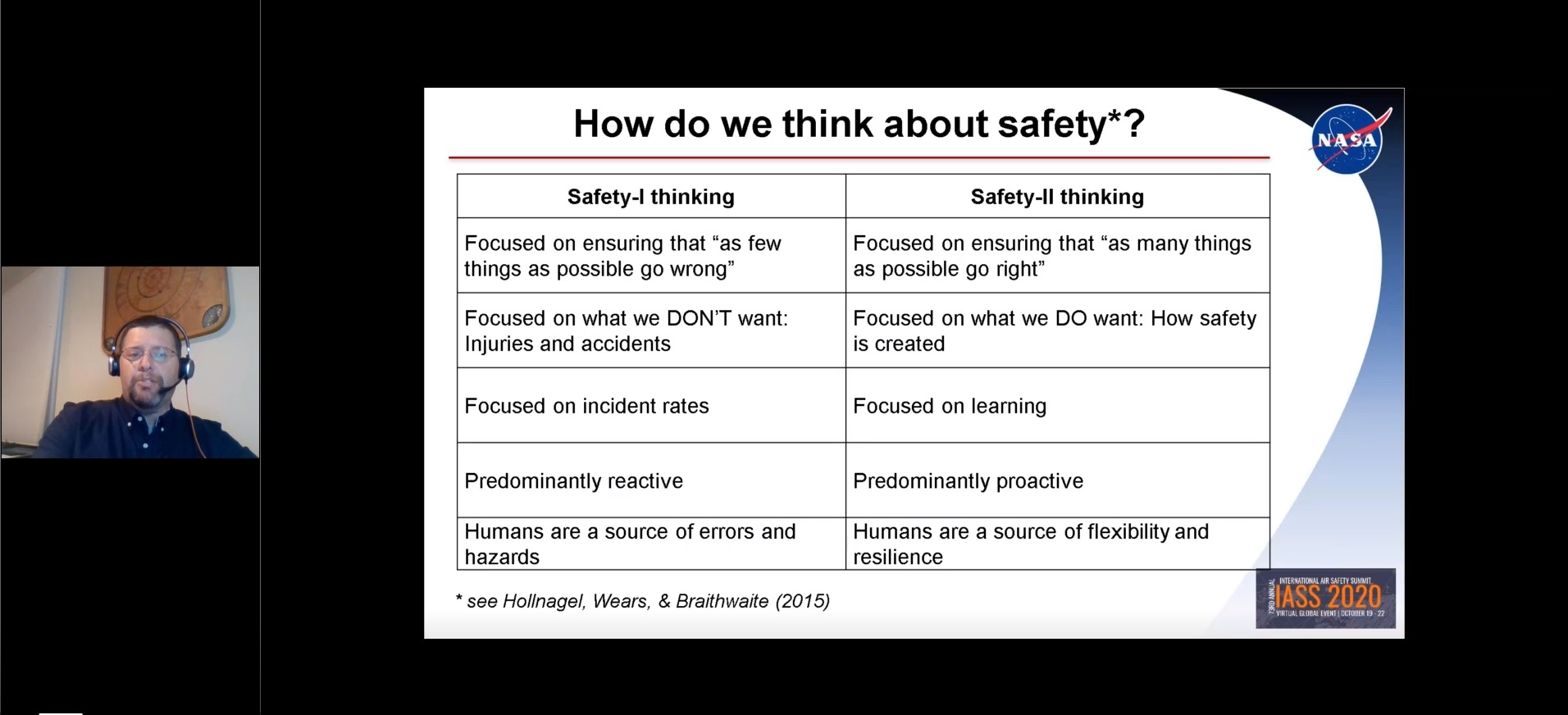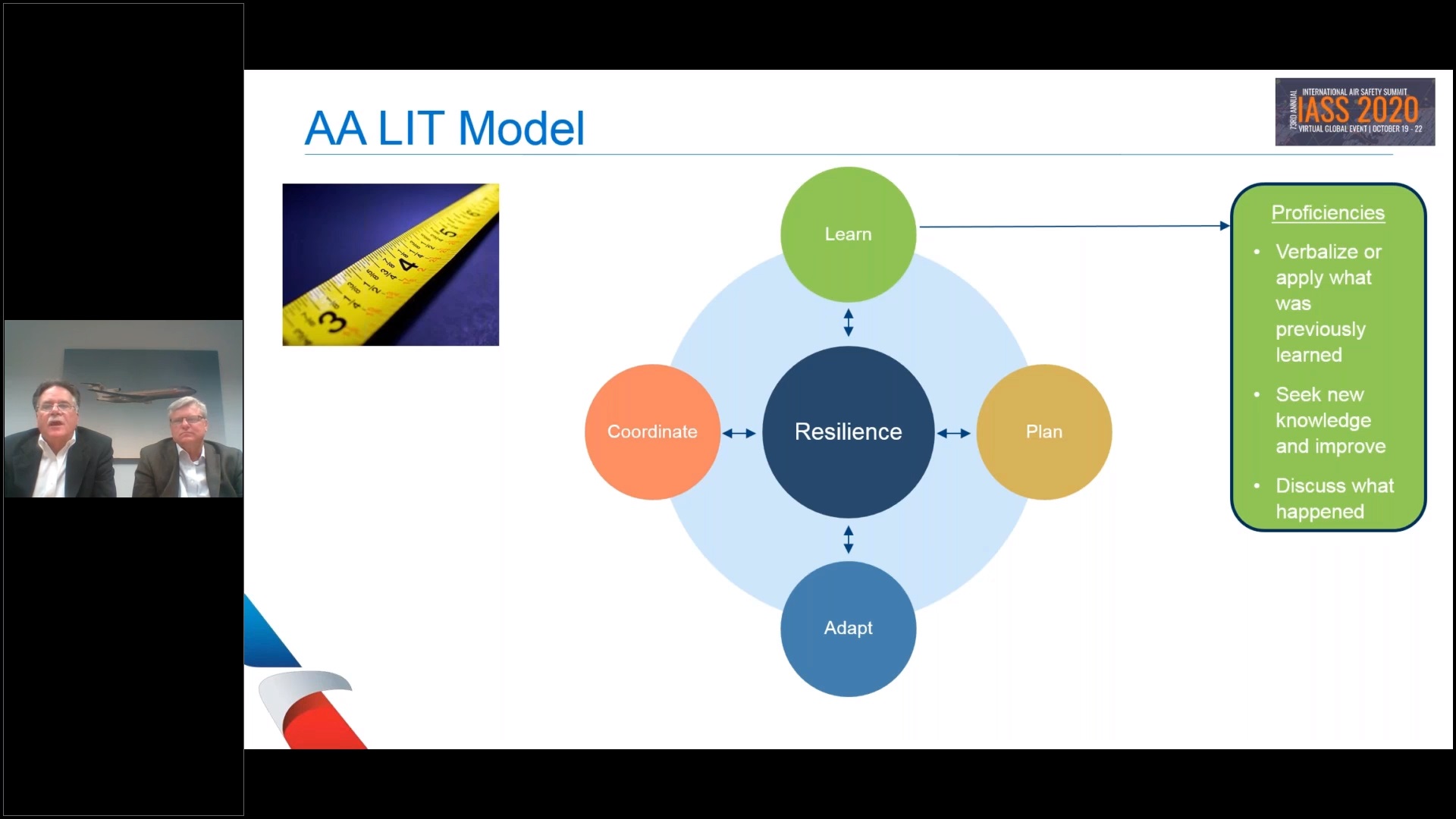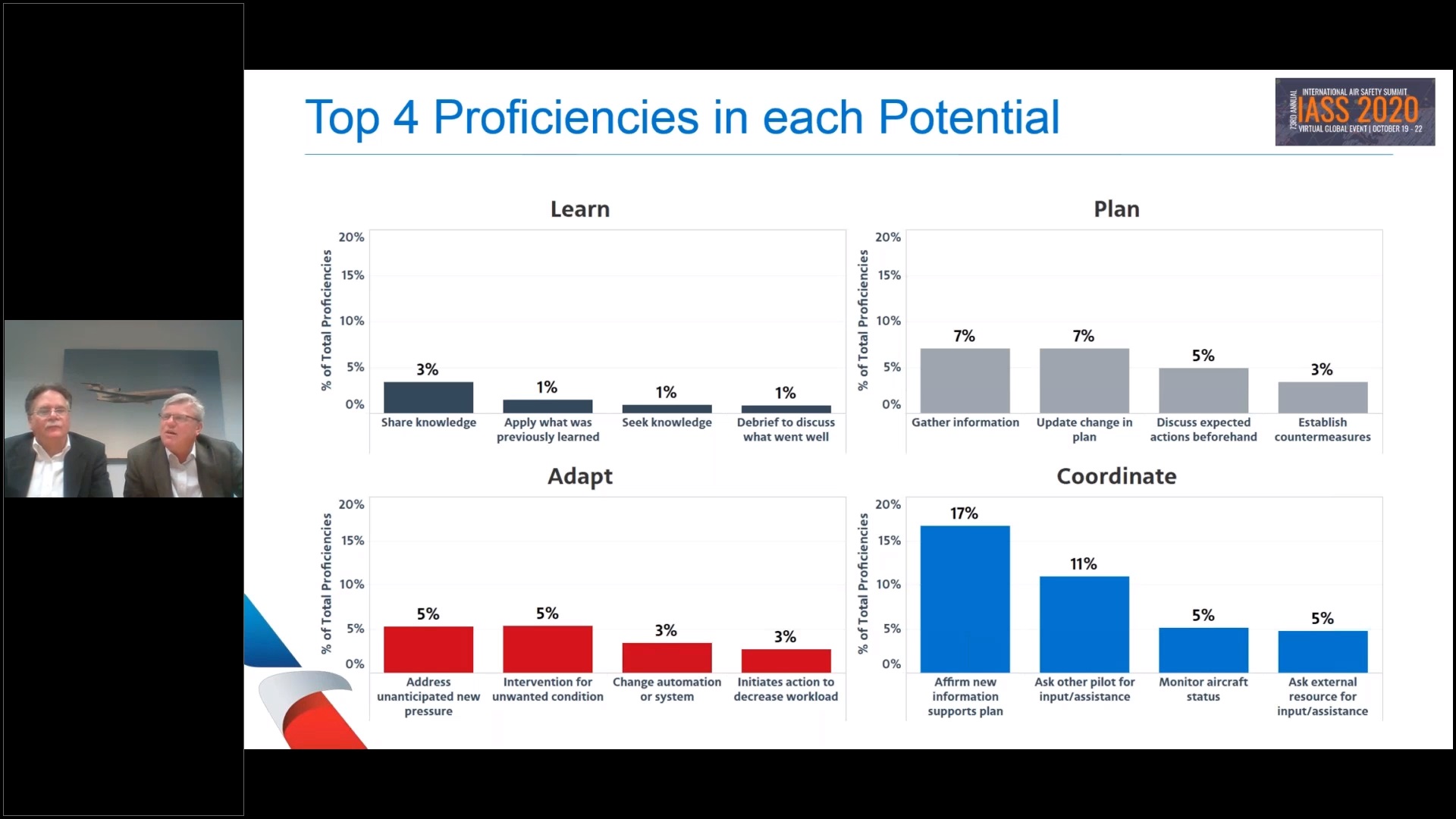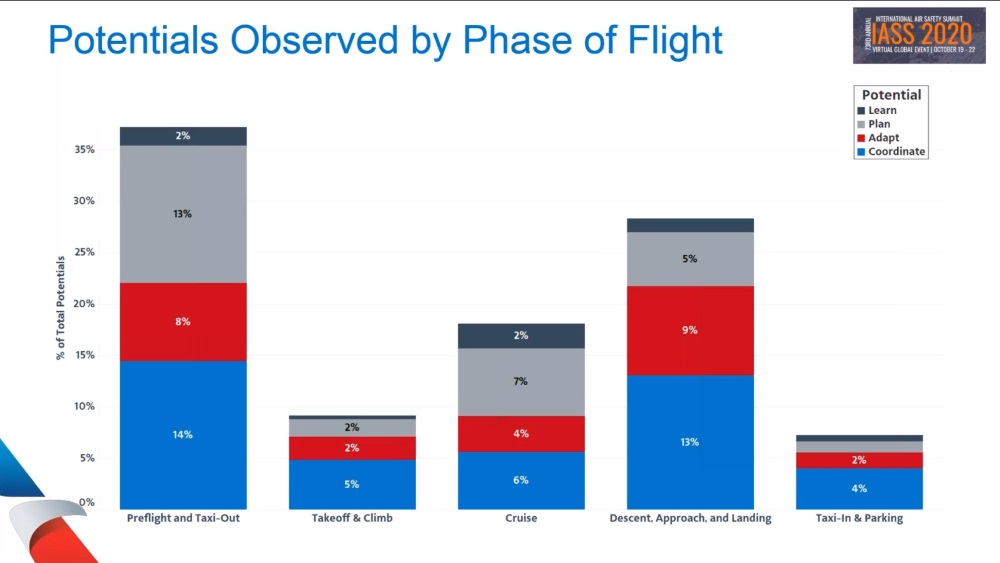21 October 2020 – The third day of virtual conference International Aviation Safety Summit was adjusted to Asian-Pacific time zones and highlighted several topics in aviation safety.
Initiatives to open international air travel corridors, green lanes or travel bubbles have failed to take off due to their impractical requirements and inherent unscalabilty, Subhas Menon, director general of the Association of Asia Pacific Airlines, said on Wednesday in his Day 3 keynote address.
Menon, who like many other speakers at IASS 2020, was critical of the patchwork of international travel restrictions and quarantine requirements that is undermining efforts to get the industry flying again, said, “It is sobering to look back at a time when we all took air travel for granted.”
Travel and tourism in the Asia Pacific region are reeling, he said. The COVID-19 infection rates in many of the region’s countries are low relative to other areas of the world, but he said many states are very risk averse and restrictive about travel. “International isolation cannot be a sustainable policy for any state,” he said.
Session 5 – Safety Data
First presentation in Session 5 was done by Dr. Jon Holbrook, a U.S. National Aeronautics and Space Administration research scientist, about the data-driven approach to recognizing and understanding human contributions to aviation safety. Failure always has been a valuable source of learning in aviation safety, but when it is the only source it introduces systematic bias, according to Holbrook. Dr Holbrook highlighted that when policy decisions are based only on failure data, they are based on a very small sample of non-representative data, showing how policies can be biased where we draw misleading conclusions. He also summarized the differences between the traditional Safety I and the emerging Safety II approaches to how we think about safety which can be seen on the picture below. His conclusion is that there are many unexploited opportunities to learn from “what goes right”.
Safety I and II are complementary ways of thinking and when used together, give a more integrated safety picture. “Safety II thinking can open up new ways to analyze and use data,” he said. “We don’t have to wait for bad things to happen to learn.”
More to found out on following links:
- NASA research featured in Forbes.com article: In focusing on what pilots do wrong, we may be missing valuable lessons from what they quietly do right: https://www.forbes.com/sites/kristykiernan/2019/11/14/new-nasa-research-explores-contribution-of-pilots-to-aviation-safety/?sh=7c950342ac37
- Holbrook 2019: Exploring human performance contributions to safety in commercial aviation: https://nescacademy.nasa.gov/video/c200d7657117467c8de080b35a7fd3be1d

Dr. Jon Holbrook, NASA, the differences between Safety I and Safety II
Capts. Guy Mouton and James Kwasny from American Airlines followed Holbrook with a presentation on the carrier’s Safety II project, which it calls its Learning Improvement Team (LIT). “Learning and improvement is really the mission of our team,” said Mouton, who is the airline’s senior manager of line operations safety audits (LOSA), safety management systems (SMS) and compliance.
Mouton, quoting Sydney Dekker, said, “Safety is not about the absence of negatives; it is about the presence of capacities.” Kwasny, who is the LOSA program coordinator for the Allied Pilots Associations, the union that represents the pilots at American, said the pilot group has been supportive of the LIT initiative because it is seen as a contributor to safety.

American Airlines Learning Improvement Team (LIT) model
The captains developed data collection with the help of ‘observers’ which validated the LIT model proficiencies. Throughout 2019 they performed 96 flight observations following Safety-II guidelines by collecting data from those flights. Coupled with the observations, they also performed semi-structured interviews with the crew and collected info about their workload and how they dealt with various obstacles.
The results of top 4 proficiencies in each potential is displayed after they analyzed the data collected from those 96 flights.

Top 4 proficiencies in LIT model after analyzing 96 flights

LIT potentials observed by phase of flight
Dr. Dieter Reisinger, Austrian Airlines and Mr. Martin Plumleigh, Boeing, at the end of Session 5 talked about IATA group ACTG which stands for ‘Accident Classification Technical Group’. It is a worldwide safety group with experts from airlines, manufacturers, pilot associations, data service provides, equipment manufactures and IATA. They are responsible for classifying accidents which occur annually. The purpose of the group is to provide an industry wide database and bank of knowledge to identify major hazard and risk areas, make specific recommendations for safety improvement and support commercial carriers’ safety efforts.
Session 6 – Safety Data







